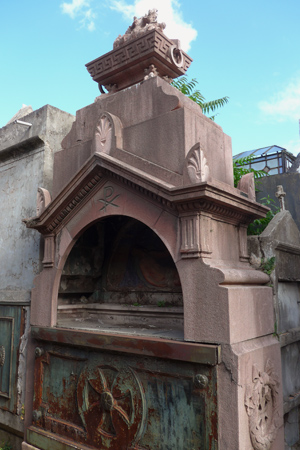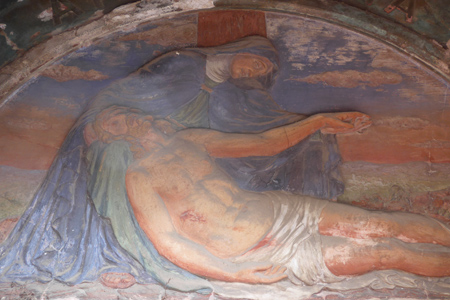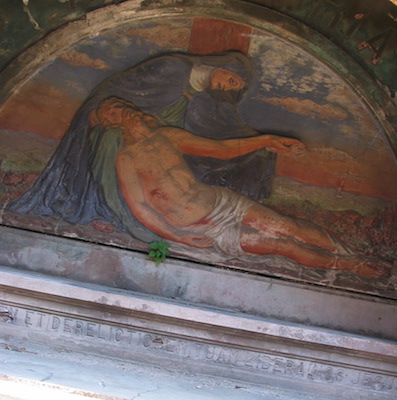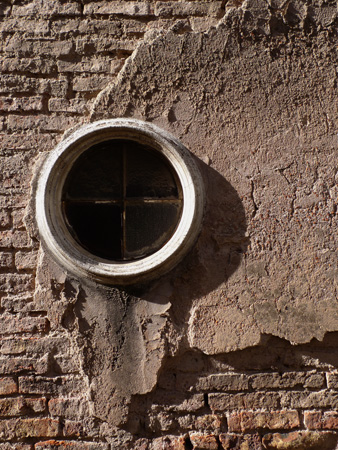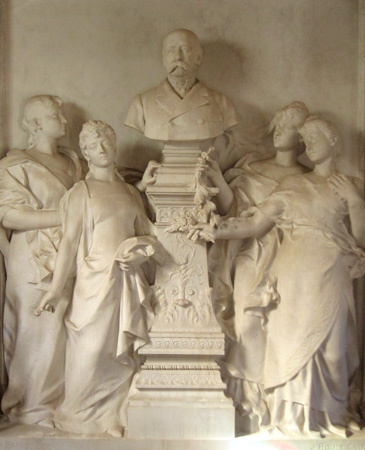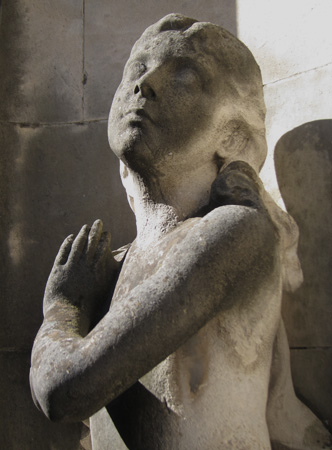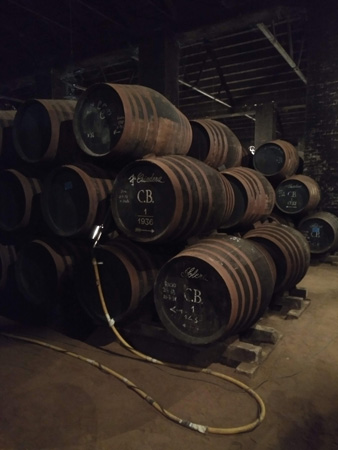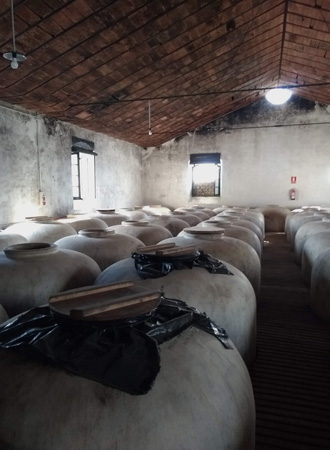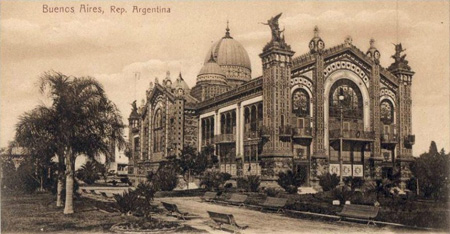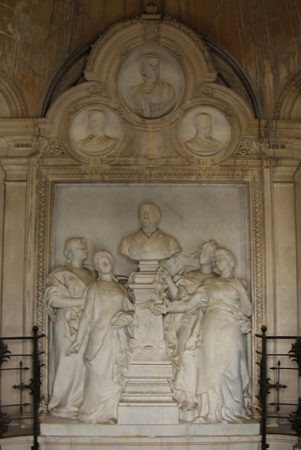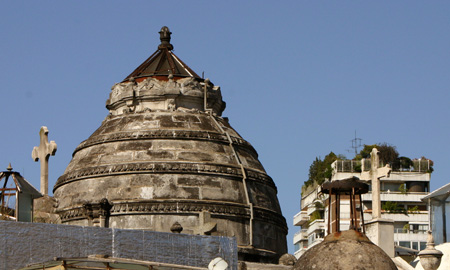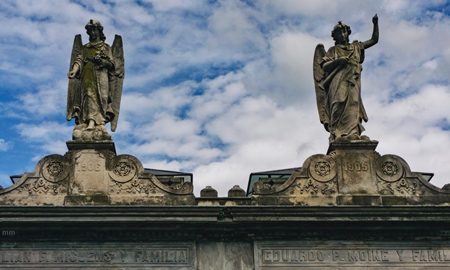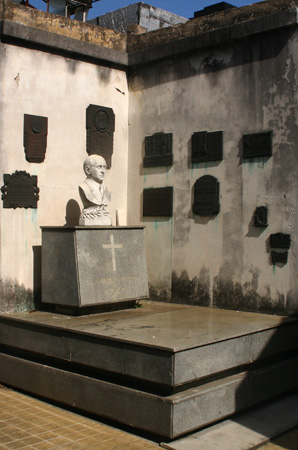
Born in 1879 in Buenos Aires to dual immigrant parents —his father from Chile, his mother from Brazil— Rodolfo Moreno received a doctorate in law at the age of 21. Afterwards he taught civil & criminal law classes at universities in both La Plata & Buenos Aires… at the same time. A gift for writing allowed him opportunities direct a local newspaper as well as publish a 7-volume work about criminal law, his specialty.

Law in Argentina has often been a stepping stone into the political arena, & Moreno soon moved away from university teaching. In 1914, he became a minister in the provincial Buenos Aires government. For most of the 1920s, Moreno served as a representative (diputado) in Congress for the same province. And in the 1930s, he jumped around from position to position, but one of Moreno’s most interesting assignments was ambassador to Japan… in 1939 & 1940 just as World War II erupted. After the war, Moreno would publish a book about his experience there.
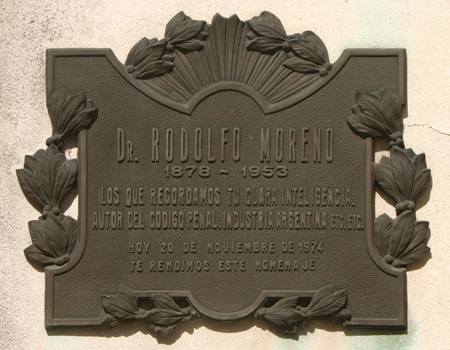
In the midst of electoral fraude scandals in the 1940s, Moreno became governor of Buenos Aires province for a little over a year. He even assigned Roberto Noble (of later Clarín fame) as one of his ministers. Moreno sought to take on Ramón Castillo for his conservative party’s nomination for President of Argentina but never got far. The volatile political climate of the 1940s forced Moreno to resign as governor in 1943, he left in exile to Uruguay the following year, then he returned to Argentina during the Perón era. But Moreno never served in political office again & passed away in Buenos Aires in 1953.
Leave a Comment